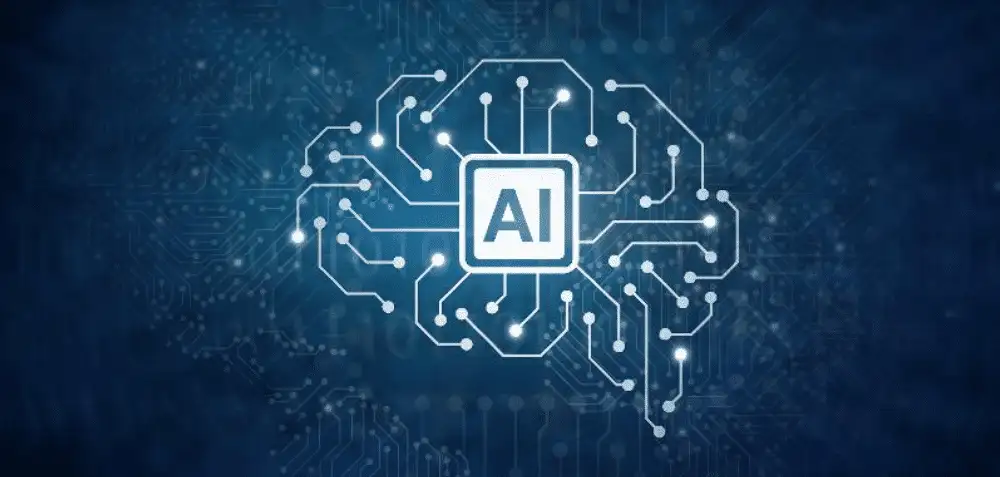AI Detector The Complete Guide to Identifying Artificial Intelligence Content

The emergence of new content creation technologies driven by Artificial Intelligence (AI) has transformed digital content like blogs and academic papers. Text generated by AI technology is ubiquitous. While these tools increase efficiency, there is growing apprehension over originality and trust. This is why an AI detector is indispensable. This article provides a comprehensive overview AI detectors, discusses their functionalities, their importance, and their implications for individuals, businesses, and educators, as well.
What is AI Detector?
AI detector is a tool which checks whether AI generated content or a human has authored a piece of text. These technologies are capable of scanning a body of text, images, and other digitized content to detect patterns that hint towards machine produced artifacts. Unlike plagiarism checkers which solely compares text to previously available works, AI detectors focus on examining the writing style, tone, as well as the overall structure of a piece of text.
Why AI Detection is Important
The volume of information on the Internet keeps growing, but not every piece of information is reliable. AI writing and text production tools are gaining sophistication, and as a result, differentiating authentic human-created content from AI-manufactured text is a growing challenge. Businesses need authentic content to establish trust. Protects the integrity of the academic institution. For the publishers, the drive is simply to provide precise information. In the absence of AI detection, the risk of widespread low-quality content and misinformation balloons.
How Does an AI Detector Work?
An AI detector employs machine learning algorithms specifically built to differentiate between human writing and AI-generated texts. A usual process is made up of:
Lexical or sentence construction pattern recognition: AI tools tend to employ a specific sequence of phrases or sentences.
Word selection based on frequency: While humans tend to create sentences in a more complex way, machines string words together based on their likelihood to co-occur.
Phrase or sentence duplication: This may either be entirely or in part overused phrases.
Absence of direct involvement: Humans write texts and all other documents filled with emotions, opinions, and polishes their writing matter.
Some sophisticated AI tools can even assess the metadata of digital files to expose AI “fingerprints” in texts, images, or audio.
Key Benefits of Using AI Detectors
Best practices pertaining to content can ensure that all published material is human-authored and can be trusted.
Businesses can enjoy boosting or maintaining their reputation since their audience can be certain that the content stemmed from the targeted entity.
Schools and universities can now be rest assured that their students are not committing acts of plagiarism or AI-enabled cheating.
Companies can now protect from falling victim to information that is fake or false and such acts can severely damage their reputation.
Publishers are able to meet search engine and other regulatory compliance for the content being published.
Who Uses AI Detectors?
AI detectors are in demand to be used across many industries and that trend is not slowing down any time soon.
Teachers and professors are able to ensure that students submit original and authentic work.
Agencies are able to verify that text such as blog posts and other advertisement content, meets the authenticity requirement prior to its release.
Editors have the ability to verify that manuscripts and articles are indeed authentic before publishing them.
Human resources in the corporate industry: The human resources department scrutinizes the resumes alongside reports and other official documents.
Legal area: Lawyers and other investigators carry out validation checks on documents to ascertain their accuracy.
Key Features of a Trustworthy AI Detector
While selecting an AI detector, the following functions are particularly important:
- The precision level should be high when identifying AI and human-written content.
- Support for multiple languages so content written in different countries can be analyzed.
- Scan processing in real time to allow for instantaneous detection.
- In-depth, detailed reports that highlight the probability of AI content.
Content, applications, or learning management systems should be capable of being integrated without difficulty.
Are AI Detectors Foolproof?
No tool is 100% accurate. AI detectors are powerful because they can detect content written by AI, but they may misclassify human content as AI, or fail to detect AI content. There are limits to their accuracy. To achieve optimal results, manual review is essential.
Guidelines for AI Detector Use
Results should be validated before any decisions are made based on them.
Reputable AI detection platforms are to be used, as the reputation is a factor of reliability.
Real time scan processing and instantaneous detection should be set to allow for systems to be updated when the AI models adapt.
Reports of AI detection should be trained on to effectively interpret them.
The Coming Changes for AI Detection
The more advanced the AI writing tools, the more AI detectors will evolve. Future detection systems will rely on blockchain for verification, advanced natural language processing and even biometric signals to improve accuracy. The AI will be getting smarter. It will, as always, be outsmarted by smarter identifying tools.
Conclusion
Today, AI detectors are not an option; they are a necessity. As an educator, business owner, or content creator, safeguarding the authenticity of your work is essential. Using AI detection tools allows you to protect your credibility, preserve originality, and establish trust in a world laden with digital falsehoods. The future will reward those who responsibly utilize technology, and AI detection is a pivotal advancement in that future.
For More Blogs: Click here

